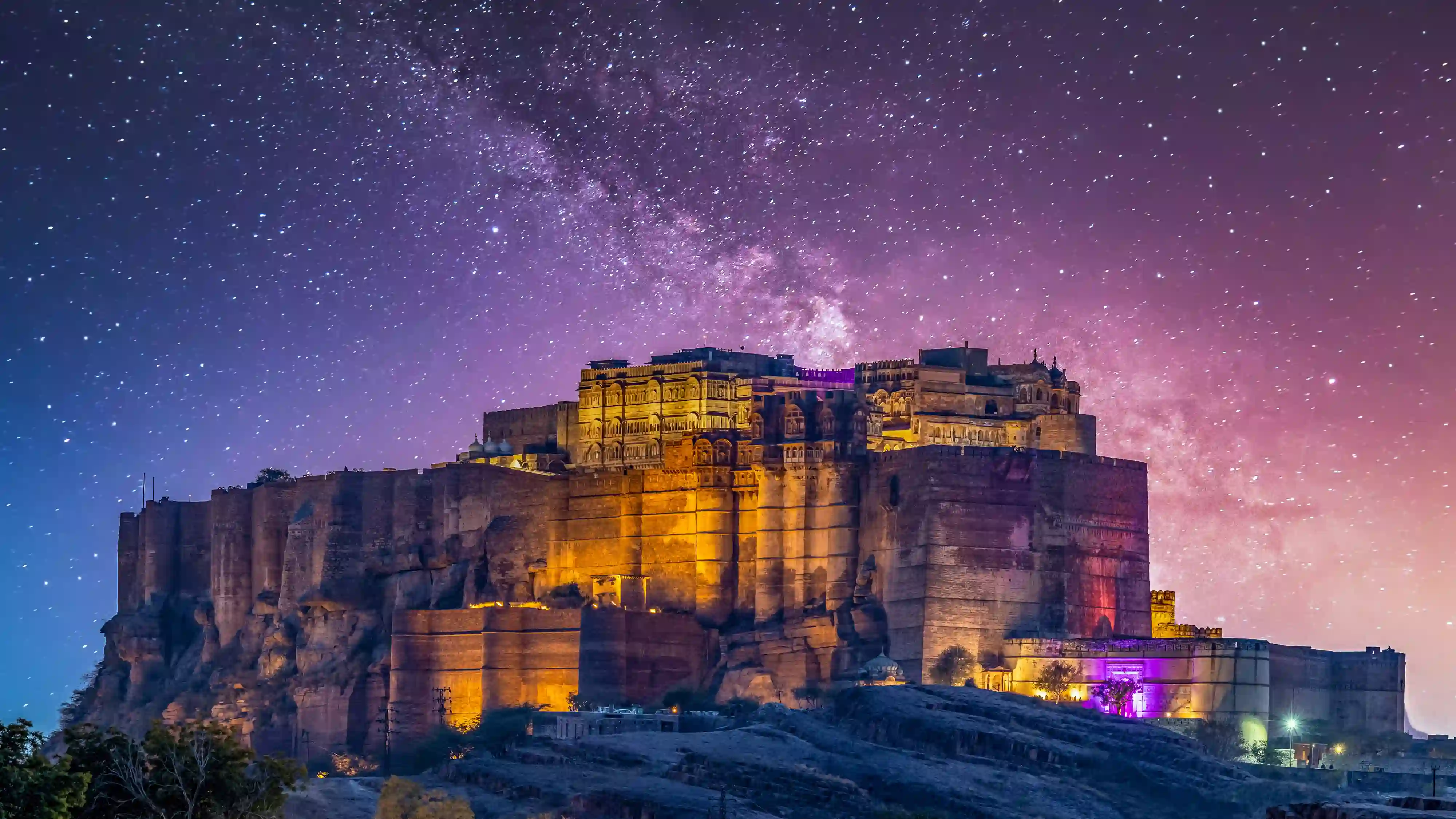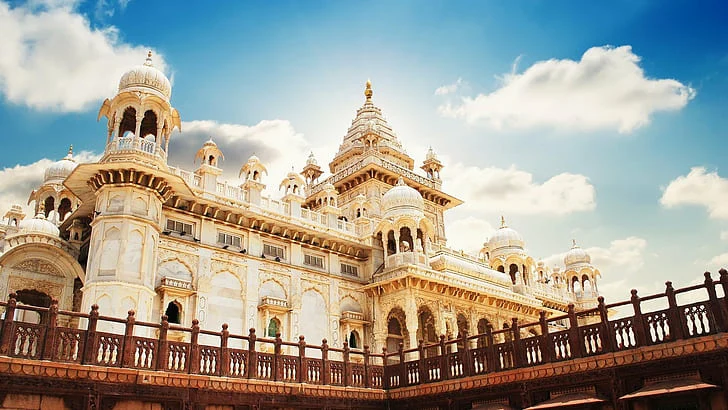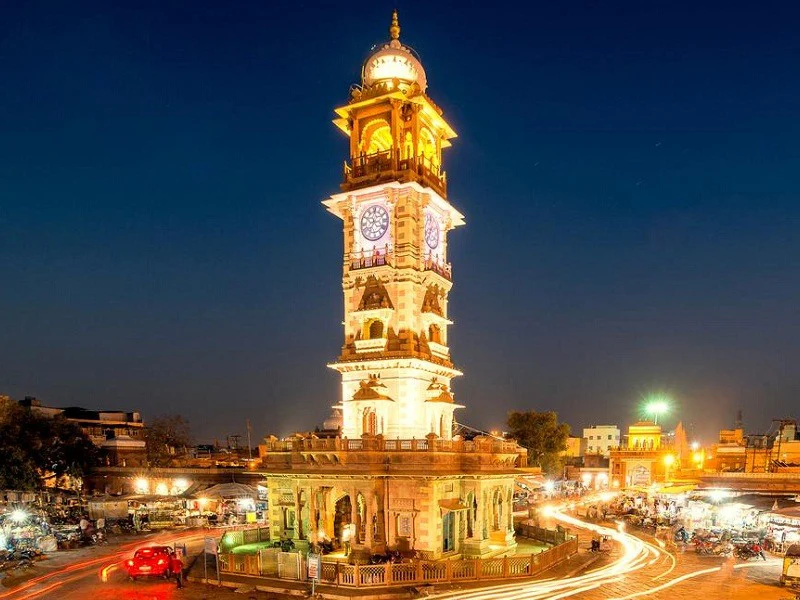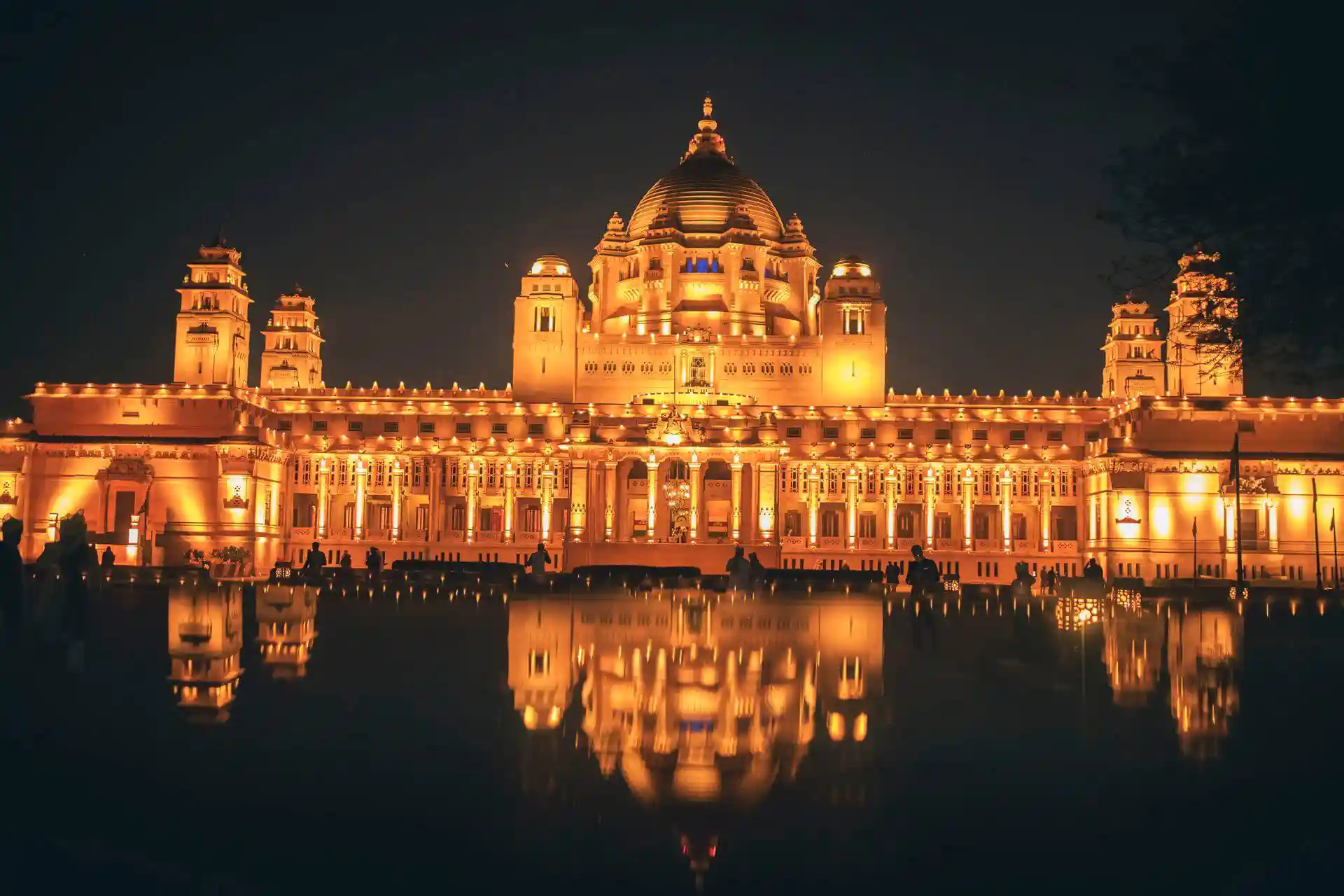Mehrangarh Fort
The foundation of this fort was laid on 12 May 1459 by Jodha himself on rocky Bhakurcheeria, only six miles away from Mandore. Rao Jodha constructed a citadel using a sum of nine hundred thousand rupees. However, the current Maharaja of Jodhpur, Gaj Singh II, who inherited the citadel four hundred and ninety-three years later in 1952, received a much larger version. Jodha only built one of the present-day seven gates. As the Rathores grew more powerful, Mehrangarh, which was a reflection of their glory and the basis of their strength, expanded. Each ruler left their mark on the fort, resulting in a magnificent blend of different reigns, ages, styles, influences, compulsions, and dreams. This...
The foundation of this fort was laid on 12 May 1459 by Jodha himself on rocky Bhakurcheeria, only six miles away from Mandore. Rao Jodha constructed a citadel using a sum of nine hundred thousand rupees. However, the current Maharaja of Jodhpur, Gaj Singh II, who inherited the citadel four hundred and ninety-three years later in 1952, received a much larger version. Jodha only built one of the present-day seven gates. As the Rathores grew more powerful, Mehrangarh, which was a reflection of their glory and the basis of their strength, expanded. Each ruler left their mark on the fort, resulting in a magnificent blend of different reigns, ages, styles, influences, compulsions, and dreams. This unique beauty of the fort can still be seen today.
Behind it the natural rock-face of Bhakurcheeria, The Mountain of Birds, from which the fortress is hewn, rises a hundred and fifty feet high; giving way first to intimidating man-made battlements and then, suddenly, to exquisite palaces.
Its towering battlements, a hundred and twenty feet high, and stone walls, in places six metres thick, testify to the might of Maldev (1532 – 1562) in whose reign the Rathores reached the zenith of their power. The palaces, extravagant edifices of peace and prosperity, whisper a thousand secrets; stories of machiavellian intrigues, dazzling riches and royal pleasures under the Mughal umbrella (1583 – 1739). The main gates, Fateh Pol and Jai Pol, sing of great victories, against the Mughals in 1707 and the Jaipur forces a hundred years later; while the ramparts, fiercely brandishing Maharaja Abhaya Singh’s cannons (1724 – 1749), proudly proclaim these victories to the world.
The temple was raised in honour of an old hermit called Cheeria Nathji, the Lord of the Birds, by the fifteenth Rathore ruler Rao Jodha in 1459; in the same year that he began the construction of Mehrangarh and laid the foundation of the city of Jodhpur.
Indeed the story of the city of Jodhpur begins with Cheeria Nathji, the city’s first citizen who had lived here in contemplative isolation for many years when Jodha’s masons shattered his tranquil world.
Read more
Behind it the natural rock-face of Bhakurcheeria, The Mountain of Birds, from which the fortress is hewn, rises a hundred and fifty feet high; giving way first to intimidating man-made battlements and then, suddenly, to exquisite palaces.
Its towering battlements, a hundred and twenty feet high, and stone walls, in places six metres thick, testify to the might of Maldev (1532 – 1562) in whose reign the Rathores reached the zenith of their power. The palaces, extravagant edifices of peace and prosperity, whisper a thousand secrets; stories of machiavellian intrigues, dazzling riches and royal pleasures under the Mughal umbrella (1583 – 1739). The main gates, Fateh Pol and Jai Pol, sing of great victories, against the Mughals in 1707 and the Jaipur forces a hundred years later; while the ramparts, fiercely brandishing Maharaja Abhaya Singh’s cannons (1724 – 1749), proudly proclaim these victories to the world.
The temple was raised in honour of an old hermit called Cheeria Nathji, the Lord of the Birds, by the fifteenth Rathore ruler Rao Jodha in 1459; in the same year that he began the construction of Mehrangarh and laid the foundation of the city of Jodhpur.
Indeed the story of the city of Jodhpur begins with Cheeria Nathji, the city’s first citizen who had lived here in contemplative isolation for many years when Jodha’s masons shattered his tranquil world.



